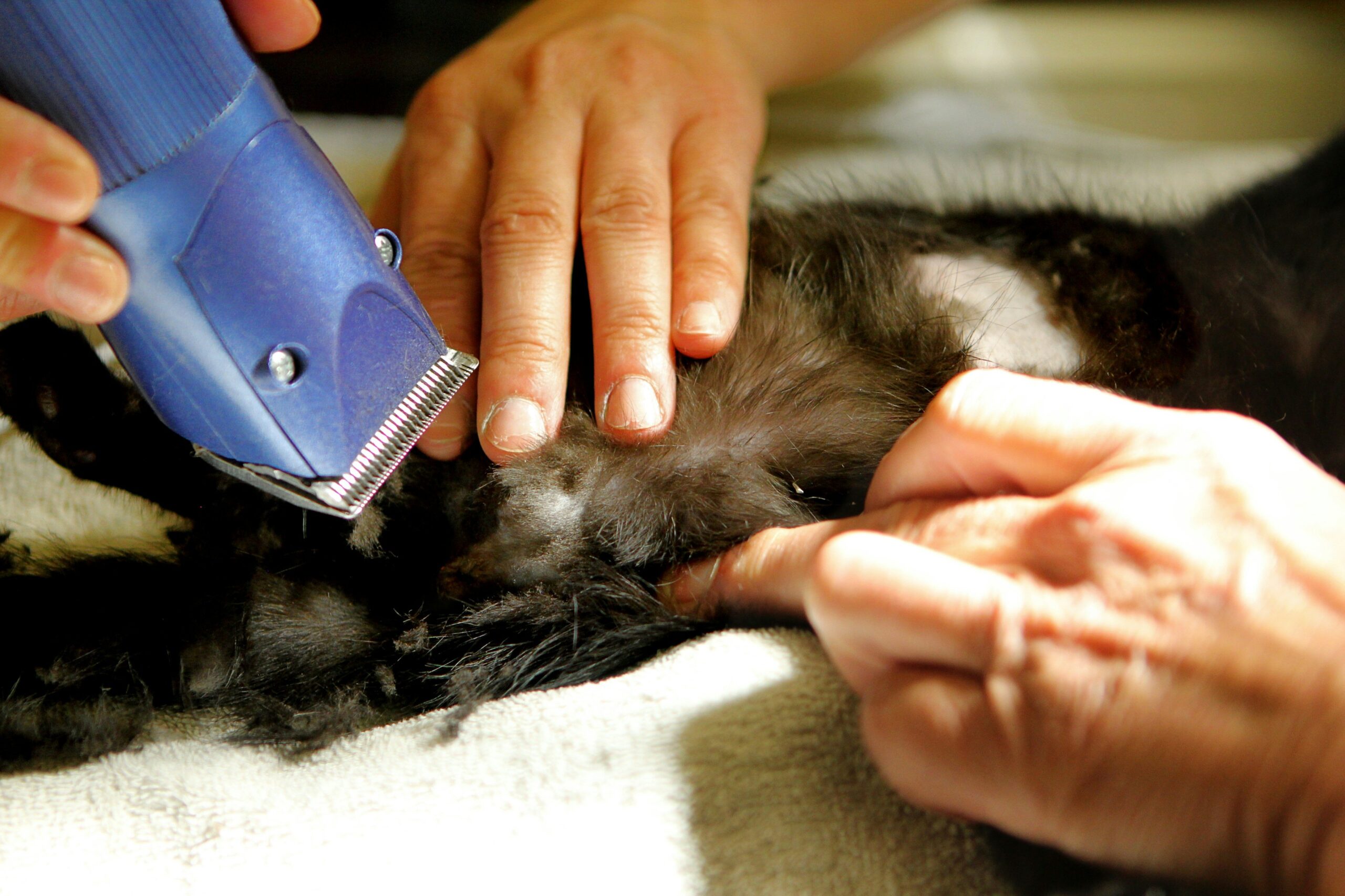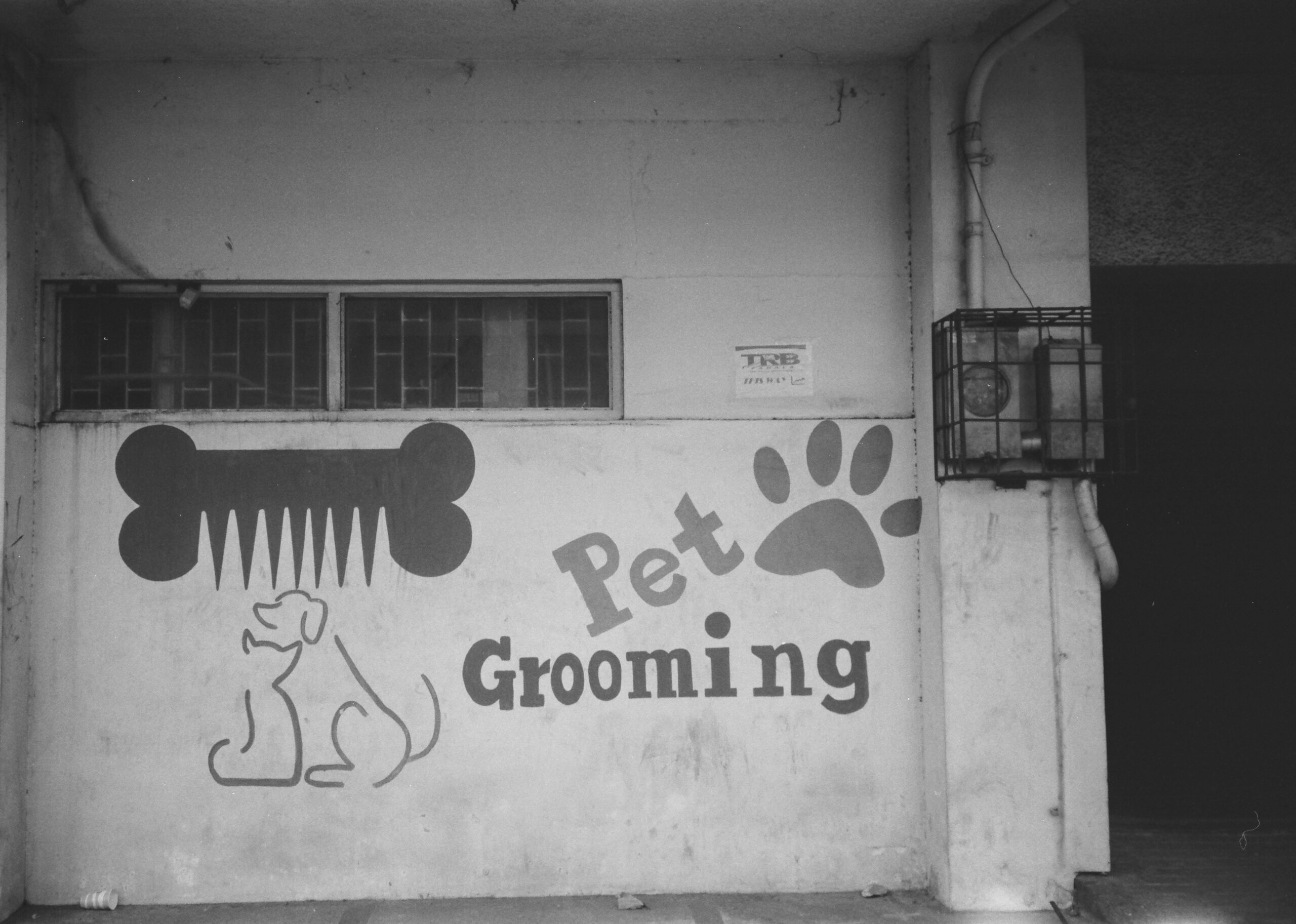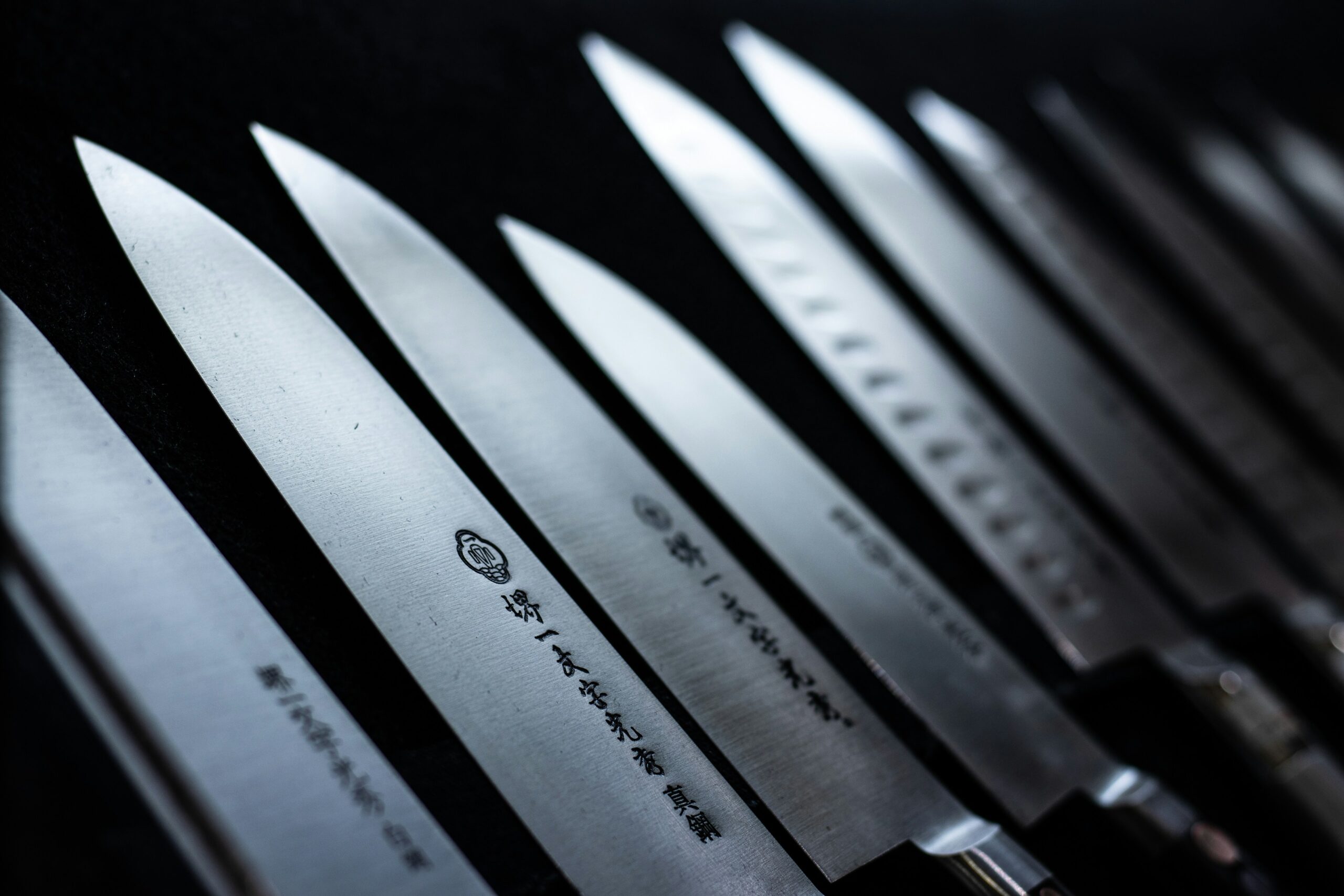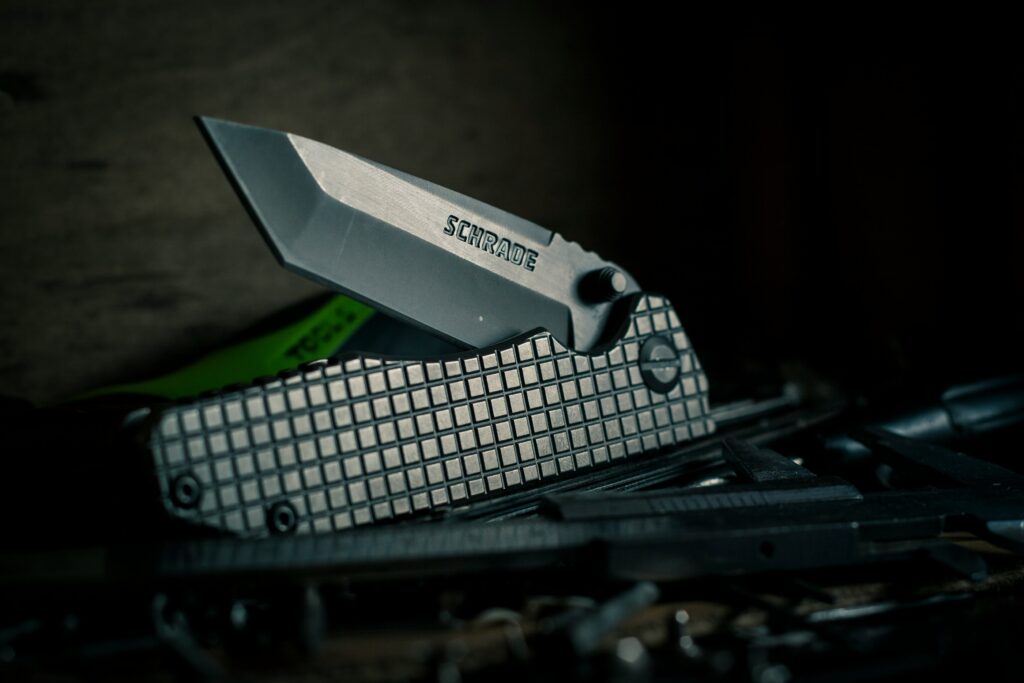Ever spent hours trying to detangle your pet’s thick fur, only to end up with a frustrated pup and a pile of clumps on the floor? Yep, we’ve all been there. Whether you’re dealing with a fluffy Golden Retriever or an opulent Maine Coon, finding the right grooming tools can feel like searching for a needle in a haystack. Today, we’re diving deep into Specialty Blades for Thick Fur—the unsung heroes of pet grooming that will save your sanity (and your carpet).
In this guide, you’ll learn:
- Why specialty blades matter for thick fur.
- How to pick the perfect blade for your furry friend.
- Tips to groom like a pro without losing your mind.
- A real-life example of how these blades transformed one pet parent’s life.
Table of Contents
- Key Takeaways
- The Problem with Ordinary Blades
- Step-by-Step Guide to Choosing Specialty Blades
- Top Tips for Using Specialty Blades Effectively
- Case Study: From Chaos to Calm
- FAQs About Specialty Blades for Thick Fur
Key Takeaways
- Ordinary blades often struggle with thick fur, leading to uneven cuts and excessive shedding.
- Specialty blades are designed to glide through dense coats effortlessly.
- Proper maintenance extends the lifespan of your blades, ensuring consistent performance.
The Problem with Ordinary Blades
Let me confess something: I once tried using regular scissors on my dog’s coat during a DIY grooming session. Spoiler alert—it went horribly wrong. Not only did it take FOREVER, but my poor pup looked like he’d been attacked by a weed whacker. And don’t get me started on the cleanup afterward. It was chef’s kiss for chaos!
Here’s the deal: Regular grooming tools just aren’t built for thick fur. They jam, overheat, and leave behind jagged edges that make your pet look like they lost a fight with a lawnmower. If that sounds familiar, keep reading because specialty blades are here to save the day.
Step-by-Step Guide to Choosing Specialty Blades
What Makes Specialty Blades Different?
Unlike basic clippers, specialty blades feature advanced designs tailored for thick fur. Think sharper teeth, better heat resistance, and ergonomic handles that won’t cramp your hand after five minutes of use. Here’s how to find the best ones:
Step 1: Check Blade Size and Tooth Count
Bigger isn’t always better. For thick fur, opt for blades with fewer, wider teeth. These create smoother strokes and reduce tugging. Look for brands offering sizes like #10 or #7FC—these are industry favorites for heavy-duty jobs.
Step 2: Prioritize Material Quality
“Optimist You:” ‘Stainless steel sounds fancy enough, right?’
“Grumpy You:” ‘Ugh, fine—but only if it’s high-carbon stainless steel.’ Cheaper materials dull quickly and rust faster. Invest in durable blades; your future self will thank you.
Step 3: Consider Ergonomics
No one likes hand fatigue. Choose lightweight clippers with padded grips. Bonus points if they come with adjustable settings so you can customize speed and power based on your pet’s needs.
Top Tips for Using Specialty Blades Effectively
- Prep the Coat: Brush out mats before clipping to avoid unnecessary strain on the blades.
- Cool Down: Use cooling sprays or pause every few minutes to prevent overheating.
- Maintain Regularly: Clean and oil your blades after each use to extend their lifespan.

Cleaning your blades regularly ensures optimal performance.
Warning: Terrible Tip Alert!
Some people suggest skipping blade sharpening altogether to “save money.” DO NOT DO THIS. Dull blades increase risk of injury to both you and your pet. Always prioritize safety over shortcuts.
Case Study: From Chaos to Calm
Sara J., a proud owner of two Alaskan Malamutes, shares her story: “I used to dread grooming days—they were stressful for everyone involved. That changed when I switched to specialty blades designed for thick fur. Now, what used to take three hours takes less than one, and my dogs actually seem to enjoy it!”

Sara’s Malamutes showing off their sleek new look.
FAQs About Specialty Blades for Thick Fur
Q: How often should I replace my blades?
A: With proper care, good-quality blades can last several years. However, if you notice significant dullness or chipping, it’s time to upgrade.
Q: Can I use specialty blades on short-haired pets?
A: Yes, but be cautious. Adjust the clipper guard to avoid cutting too close to the skin.
Q: Are cordless clippers worth it?
A: Absolutely! Cordless options offer greater flexibility, especially for larger animals who might not sit still long enough for traditional models.
Conclusion
Grooming pets with thick fur doesn’t have to feel like wrestling a porcupine. By investing in high-quality specialty blades, following our step-by-step guide, and sticking to best practices, you’ll turn those dreaded grooming sessions into bonding moments you both enjoy.
Remember: Your pet deserves the best, and so do you. So go ahead, grab those Specialty Blades for Thick Fur—and maybe a cup of coffee while you’re at it.
P.S. Like a Tamagotchi, your grooming routine needs daily love. Keep those blades sharp, and you’re golden.
Haiku Time:
Fur flies, blades hum low,
A happy pup greets the sun,
Peace reigns once again.


